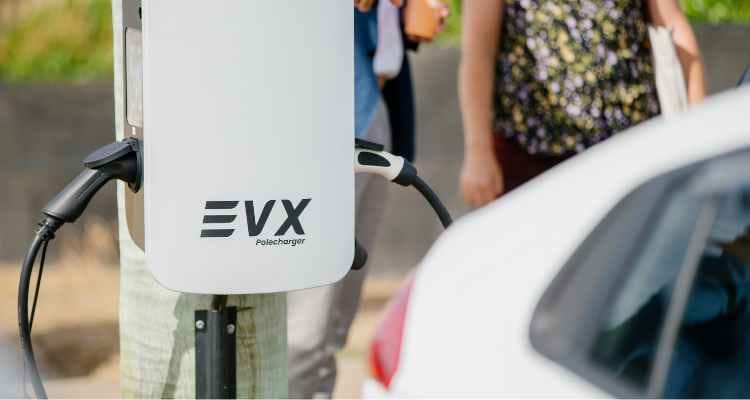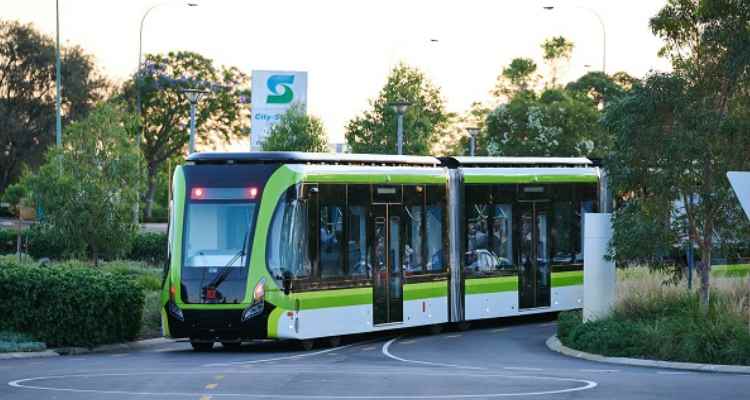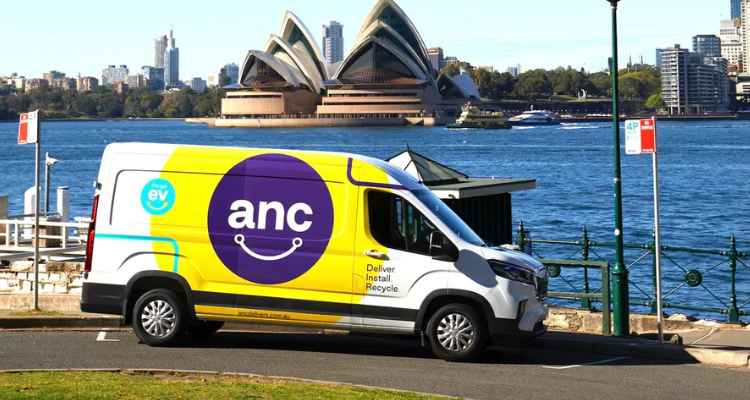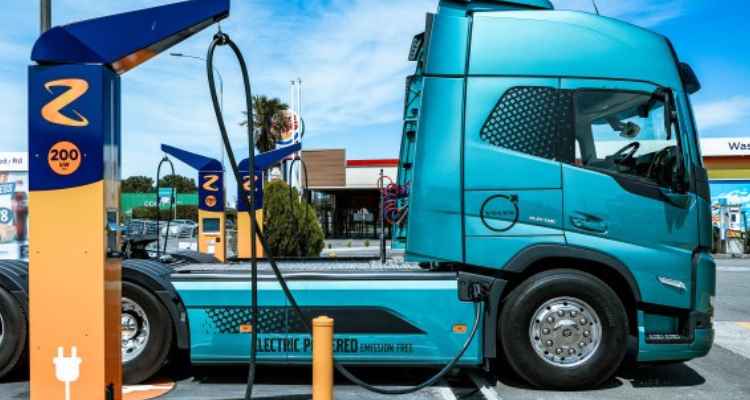Sustainable transport gears up
The race to decarbonise the movement of people and freight is underway with a raft of new developments promising to speed the transition.

The mission to find cleaner ways to get from A to B is gaining ground in the drive to plug infrastructure gaps.
From expanding charging and battery infrastructure to decarbonising last-mile delivery, this transition away from fossil fuels is paving the way for a cleaner, more efficient future.
We take a look at some of the innovators stepping up to meet this sustainability challenge as they help to shape the future of Australian roads:

Kerbside charging for long-stays
Kerbside charging is crucial to increasing EV uptake across Australia. Australian EV charging provider EVX says that by leveraging existing street infrastructure like electricity poles and street lights, drivers will benefit from more convenient charging options.
With this goal in mind, EVX says it has reached a major milestone, with over 100 public kerbside charging sockets now live across New South Wales in both regional and urban locations, often in partnership with councils and electricity distributors.
EVX’s tech focuses on long-dwell charging, an essential component in accelerating electric vehicle adoption at scale, according to the startup.
Last week the company landed $2.4 million in funding from Australian Renewable Energy Agency (ARENA) to help it deploy a further 250 public kerbside EV chargers across more than 60 local government areas in Victoria, New South Wales, and South Australia.

Shrinking light rail's footprint
While most light rail vehicles are powered by electricity transmitted through an overhead wire, Canberra Metro is upgrading its light rail system with five new battery-powered vehicles.
Four of the new vehicles have already arrived, with two already in service, ensuring minimal disruption while older trams are upgraded, according to Canberra Metro.
The plan is to retrofit Canberra Metro's 14 existing vehicles for wire-free operation by 2028 with the goal for the new and upgraded fleet to be fully battery-powered as they travel around the nation's capital.
The city of Stirling in WA plans to trim its tram footprint even further as it explores the business case for a trackless model. In late 2023, the city conducted Australia’s first trial of trackless trams in partnership with Curtin University.
Experts tested the vehicle’s battery performance, sensors, obstacle detection, and manoeuvrability over eight weeks on a dedicated route in the city, and ran a community showcase to over 1,300 people.
The trial also won the 2024 National Awards for Local Government (NALG) in the Productivity through Infrastructure category and provided valuable data for the business case that was completed late last year.

Electrifying the last mile
Decarbonising the final step in the home delivery process when goods move from the warehouse to the customer's door is the mission behind Project Spark.
The project is the brainchild of logistics giant ANC which last year unveiled a $45.5million sustainability initiative to drive zero-emission Last-Mile deliveries.
ANC manages a network of contracted owner-drivers to provide last mile delivery services to brands that include IKEA, JB HI-FI, The Good Guys, Bunnings, and Who Gives A Crap.
The company recently revealed some of the challenges faced by owner-drivers in transitioning to battery-electric vehicles (BEVs), which include high capital costs and limited charging infrastructure.
It aims to tackle the cost challenges with a range of financial and purchasing measures as well as teaming up with partners to help owner-drivers install at-home charging stations.
Currently, ANC has around 60 electric vehicles in operation as part of its fleet, and with support from ARENA it aims to convert 30% of its fleet to zero-emissions vehicles by 2028.

Heavy vehicles plug in
New Zealand’s EV charging specialist Kwetta last week raised US$10.5 million in Series A funding as it seeks to remove one of the biggest barriers to fleet and heavy-vehicle electric vehicle (EV) adoption - access to grid capacity.
Kwetta says its Prime Grid Gateway hardware unlocks up to 10 times more power at sites currently unable to meet EV power demands without requiring expensive grid upgrades or batteries, making large-scale electrification more feasible for heavy transport, fleets and charging hubs.
With 39 high-powered charging outlets already deployed, the company says the funding will help it expand globally into Australia and Europe as heavy transport electrifies at a faster pace than many had anticipated.





